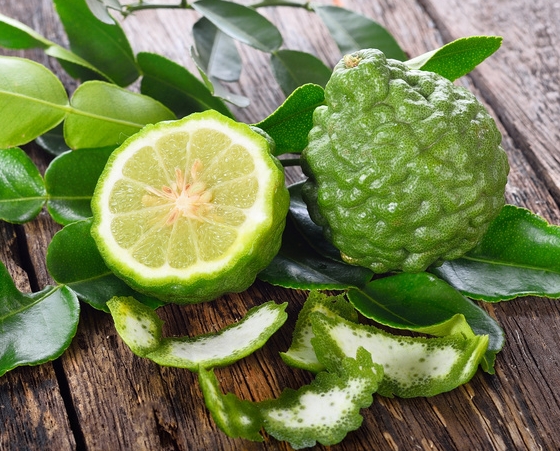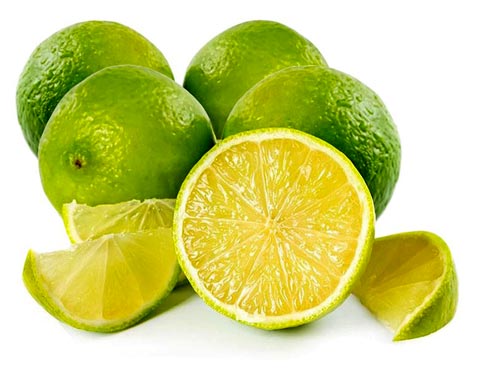Lime
BearSs - Limited Supply
Also known as the Tahiti or Persian Lime, this seedless variety was developed by John T. Bearss in 1895 in Porterville, California. Less aromatic and thicker skinned than the Key Lime, the Bearss fruit yellows as it ripens, and provides a longer shelf life than other varieties.
Kaffir - Very Limited Supply (Large)
The Kaffir Lime, also referred to as the Makrut Lime or Mauritius Papeda, is native to southern China and Southeast Asia. Recognized by its unique, bumpy skin, fruit of the Kaffir Lime tree is a staple of Southeast Asian cuisine, and its leaves are widley used in Thai, Laoatian, Cambodian, Vietnamese, Indonesian, Malaysian, Burmese and South Indian cooking.
Mexican - New Very Limited Supply
Well known under the popular moniker “Key Lime,” the Mexican variety has a thicker skin and darker green color than its Florida Keys sibling. The Mexican Lime is a vigorous, shrub-like tree, and the pleasant and strong aroma of its fruit makes it a captivating part of any outdoor landscape
Sweet - Very Limited Supply
Easily mistaken for lemons due to their yellow inner color, fruit of the Sweet Lime has a much lower acidity than other varieties, and can thus be eaten ripe and fresh-picked. The Sweet Lime is highly valued in India, Vietnam, Egypt and the Mediterranean coast, where it is grown commercially and recognized for its fruit’s high Vitamin C and dietary fiber content, as well as its appealing taste.




